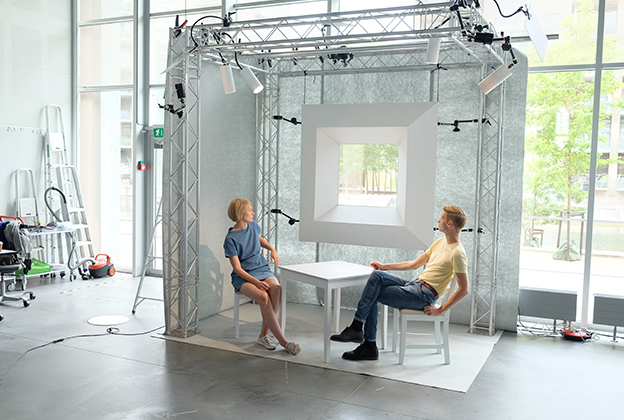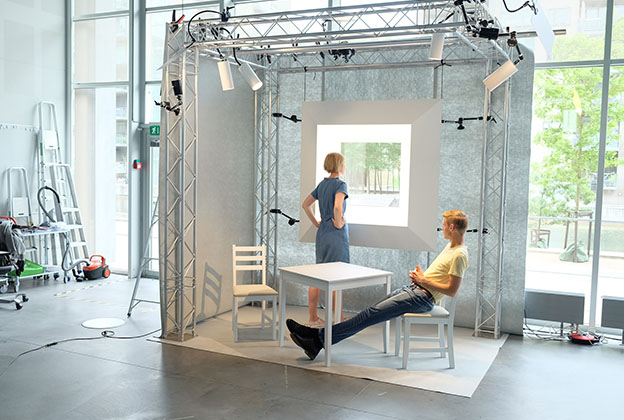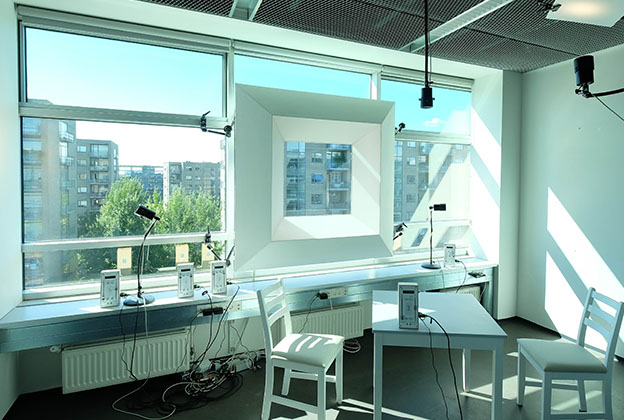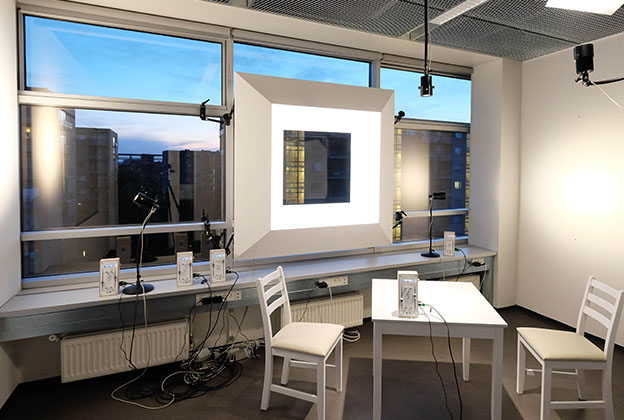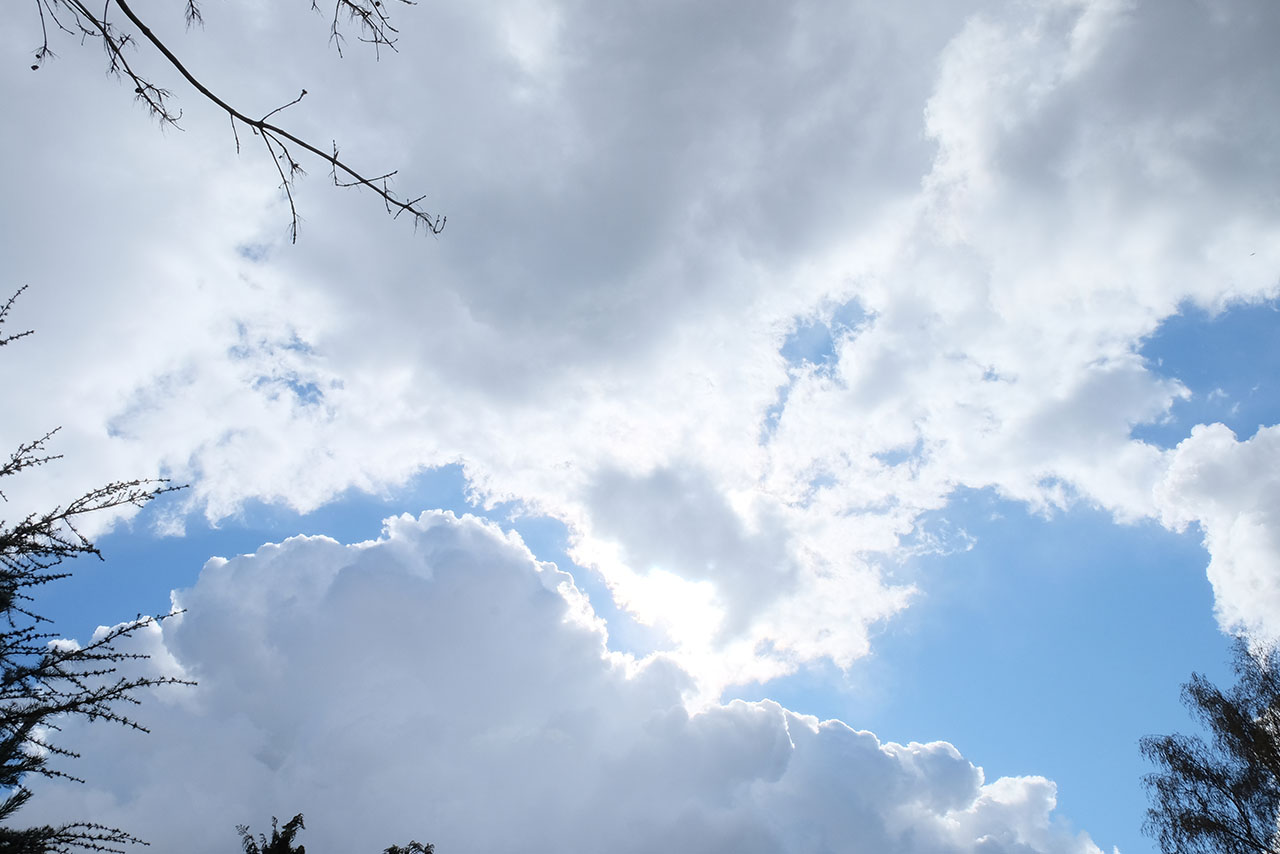
How to increase lighting quality and lower energy consumption
Yes! You can eat the cake and have it too… New research from the IT University in Copenhagen suggests that investing in high quality lighting can actually lower your energy consumption.
During the 21st century, reducing energy consumption and cutting costs have been the common priority, says Kjell Yngve Petersen, Head of Research, Atelier KHR Architecture, and previously associate professor at the IT University at Copenhagen.
”In research and development, there has been a primary focus on energy optimization using lighting control to meet the regulations of existing standards. Provided that the lighting design has fulfilled the requirements regarding light levels and glare, everyone’s been happy.”
The development has also been characterized by the general attitude that increased lighting quality requires higher lighting levels, leading to higher energy consumption and thus should become far too expensive.
”We wanted to prove that this is not the case. Today we know that access to good and stimulating light is crucial for how humans feel and perform in their daily lives. With access to new technology and light sources it really shouldn’t be any problem to fulfil these needs.”
The prize-winning study (it has already been awarded ‘best research project 2018’ by Danish research organization Elforsk) Energy optimization through adaptive lighting control and was conducted by Kjell Yngve Petersen and Phd Nina Rask in 2017 in collaboration with a range of research and industry partners; Spektra LED, Det Kongelige Danske Kunstakademis Skoler for Arkitektur, Design og Konservering, CreaSign, Grontmij and Kongshaug & Søn. It shows that a combination of LED-lighting and generative software can provide better lighting without increasing the energy costs. Used in the right way, possibly in combination with renewable energy sources, it can actually reduce energy consumption and contribute to a sustainable society – from an environmental and a human perspective.
”Light weather”
The dynamics of daylight is an important factor to human well-being. Our biology is designed to thrive from the constant changes in the daylights’ intensity and colour – sometimes barely noticeable – that Kjell Yngve Petersen describes as ”light weather”.
”With LED-technology and proper software it is possible to design lighting solutions with daylight as a model. We developed a self-generative software that mimics the natural light with small dynamic changes in speed, intensity and colour.”
The software was implemented in two different test environments in form of full scale architectonical mock ups. In the different tests, the subjects carried out various tasks related to everyday life and office work, responding to the light experience.
Compatible with renewable energy
The tests have resulted in prototypes that can be used to create lighting environments that react to the different changes in daylight and supports the different tasks of people’s daily lives.
”The study confirmed our theory that adaptive lighting control systems can actually lead to improved lighting quality with the possibility to lower energy costs. The algorithms of the software are well fit to take advantage of the irregularities that come with the production of renewable energy, such as wind. The adaptive software can follow the fluctuation of the energy production and use the peaks to initiate the fluctuation of the ‘light weather’ in a cost-effective way”, explains Kjell Yngve Petersen.
 "It is important to state that this is not about the technology – it’s all about the human lighting experience." Kjell Yngve Petersen, Associate Professor at ITU Denmark
"It is important to state that this is not about the technology – it’s all about the human lighting experience." Kjell Yngve Petersen, Associate Professor at ITU Denmark
Open source software
The next step is to evaluate the developed models in different real-life settings.
”It’s realistic to think that it should be possible to scale up this technology for more complex environments, like entire residential quarters, office buildings, schools and hospitals – implementing the benefits for humans and environment in a larger scale.”
The software developed for the research project is open source, Kjell Yngve Petersen explains, and is available for the industry's various stakeholders to use.
”Our wish is to help lighting designers create intelligent and easily operated high quality lighting designs based on individual preferences. It is important to state that this is not about the technology – it’s all about the human lighting experience. Lighting design should not be something that people have to adapt to. The light design should adapt to the people and support us in our daily lives!”
TEKST AMELIE BERGMAN
FOTO KJELL YNGVE PETERSEN
Relaterede nyheder

Det fleksible kontor – en langsigtet investering for ejendomsejere
Som ejendomsejer er det ofte en kompleks opgave at imødekomme lejernes behov og samtidig skabe bæredygtig og smidig administration. Med Control Track Versa skabes der nye og bæredygtige muligheder for at effektivisere processen og tilbyde god belysning til lejerne. Petter Berg arbejder med forsalg til omfattende ejendomsprojekter hos Fagerhult i Oslo. Diskussioner med kunder og mere prominente ejendomsejere drejer sig ofte om problemet med at imødekomme flere interesser både under byggeprocessen, og efter lejerne er flyttet ind. "Der er ofte konflikt mellem forskellige aktørers interesser på bekostning af lyskvaliteten. Og så er der ingen, der er begejstrede over hverken processen eller resultatet, siger Petter Berg, Lighting Adviser Manager hos Fagerhult. Petter Berg quote Petter Berg har fulgt udviklingen af Control Track Versa tæt og ser muligheder for ejendomsejere i fremtiden. Ikke mindst kan de, der arbejder aktivt med genbrug og bæredygtighed og ønsker at skabe attraktive miljøer for eksisterende og fremtidige lejere, hurtigt opnå lønsomhed ved større projekter. "At kunne tilbyde lejere god belysning uden at udskifte hele systemet, hver gang nogen flytter, er en kæmpe bæredygtighedsfordel som ejendomsejer. Med Control Track Versa kan alle armaturer genbruges i hele deres levetid. Derudover kan selve skinnen få en ny form, hvis kontorets indretning ændres". Ejendomsejere kan drage fordel af fordelene ved Control Track Versa under opførelsen. Skinnen kan installeres tidligere under byggeriet og er helt uafhængig af den fremtidige indretning og lejers valg af armaturer. "Det gør en stor forskel, at installationen i princippet kan udføres når som helst og ikke er afhængig af, at lokalerne renses for byggestøv, eller at det sker, lige før ejendommen står færdig. Det er en genial måde at købe tid på", udtaler Petter Berg. Parallelt kan installationer foretages i faste områder som gange, elevatorer, toiletter og offentlige steder, der ikke påvirkes af lejernes valg. Med færre installationspunkter er installationen også hurtigere og nemmere. "Skinnen har et fleksibelt 230 V-system, så der er ikke behov for kabelstiger eller ekstra ledninger. Derfor er Control Track Versa også meget velegnet til åbne lofter. Da systemet er helt uafhængigt, er det også fremtidssikret. Hvert armatur kan suppleres med en sensor til intelligent lysstyring". Ifølge Petter Berg bygger Control Track Versa bro mellem el-rådgivere og indretningsarkitekter. Han ser tydeligt, at skinnen kan være meget nyttig i større byggeprojekter, hvor mange dele skal passe sammen. "Det bliver ofte rigtig godt, når vi arbejder sammen. Det er klart, at der er brug for en part, som forbinder bygherren, el-konsulenten og indretningsarkitekten, og det er her, Control Track Versa bliver vigtig for os hos Fagerhult".
